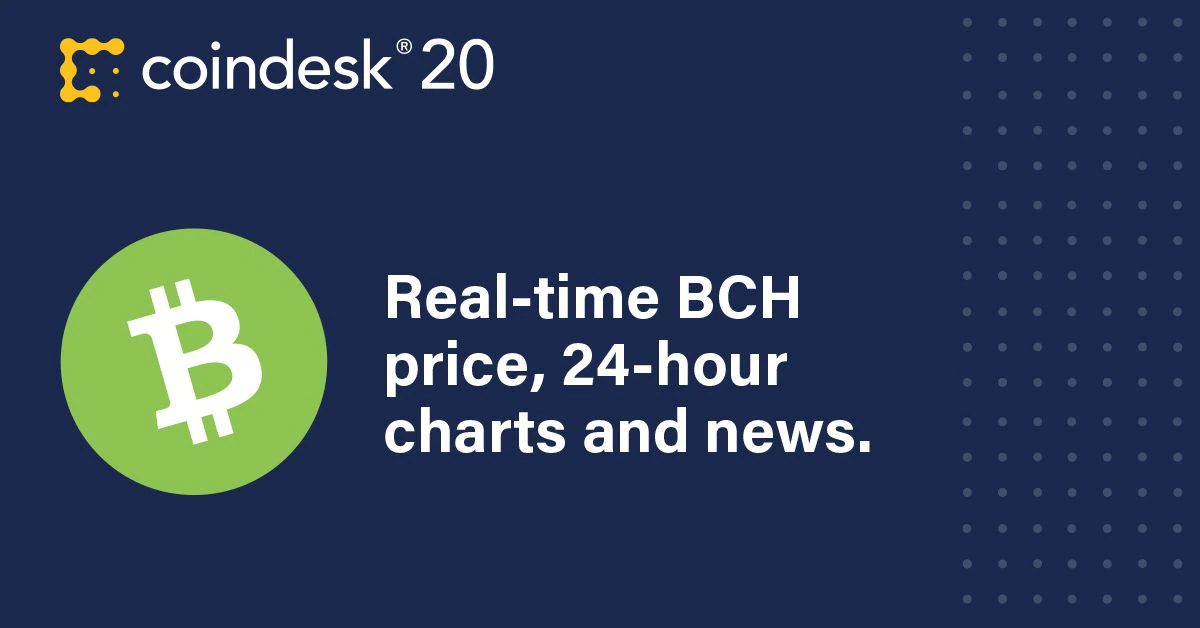BCH is the native cryptocurrency of Bitcoin Cash, which is a spinoff of the Bitcoin blockchain that is designed to be more scalable, cheaper and faster to use as an electronic cash system than Bitcoin.
After Bitcoin operated smoothly for several years, a number of developers working on the original Bitcoin protocol felt the project was deviating from founder Satoshi Nakamoto’s vision of what the cryptocurrency was supposed to be – namely, a cheap, decentralized payment system. Internal conflict reached a peak in 2017, when the Bitcoin blockchain split into two and Bitcoin Cash emerged as a separate blockchain.
BCH price
BCH was officially launched in August 2017 and was distributed to bitcoin holders at a ratio of 1:1, meaning each bitcoin holder was entitled to receive one BCH token for each bitcoin he or she held.
Because Bitcoin Cash shared the same blockchain as Bitcoin until the hard fork (a major change to a network’s protocol), the two cryptocurrencies had similar characteristics. As with bitcoin, the total supply of BCH is capped at 21 million, for example. But the two vary in major ways. For example, Bitcoin Cash can support 25,000 transactions per block, compared with Bitcoin’s 1,000 to 1,500 transactions per block.
In December 2017, BCH price hit an all-time high of $4,355.62, but it lost 80% of its value over the next six months as the wider crypto market experienced a prolonged bear market.
BCH prices remained under $600 for more than two years until January 2021 when a new bullish cycle began. The token for the forked bitcoin project managed to rise 410% to a peak of $1,636 in May 2021 – the highest price seen in about three years. By the end of June 2021, however, BCH’s price fell 75% to $40
How does Bitcoin Cash work?
Bitcoin Cash users send and receive BCH on the blockchain by inputting the public-key information attached to each person’s digital wallet.
BCH uses the proof-of-work consensus, in which participants known as “miners” compete against each other using specialized computer equipment to be the first to discover new blocks.
Bitcoin Cash also uses the same SHA-256 hashing algorithm as Bitcoin – this essentially refers to the method of taking data and turning it into a digital fingerprint.
One of the things that makes Bitcoin Cash different from Bitcoin is its “difficulty adjustment” for block mining. In order to ensure that blocks are being mined consistently, the Bitcoin software adjusts the difficulty factor of mining for every 2,016 blocks mined. Bitcoin Cash instead adjusts its difficulty every 10 minutes to reflect the amount of computing power on the network.
Key events and management
Bitcoin Cash was born out of disagreements between the Bitcoin community over its ability to scale. When Satoshi Nakamoto developed the Bitcoin network, he limited Bitcoin’s block size to 1 megabyte to prevent people from spamming the network. In doing so, however, Nakamoto limited Bitcoin’s ability to scale.
To solve the scaling issue, developer Pieter Wiulle proposed a solution known as segregated witness (SegWit). In short, SegWit is a process that increases the capacity of bitcoin blocks without changing their size limit by altering how the transaction data is stored. Members had differing views as to SegWit’s impact. Amid this back and forth, bitcoin developer Amaury Séchet decided to leave and create Bitcoin Cash along with American investor Roger Ver, Australian computer scientist Craig Wright, crypto mining company Bitmain and others.




